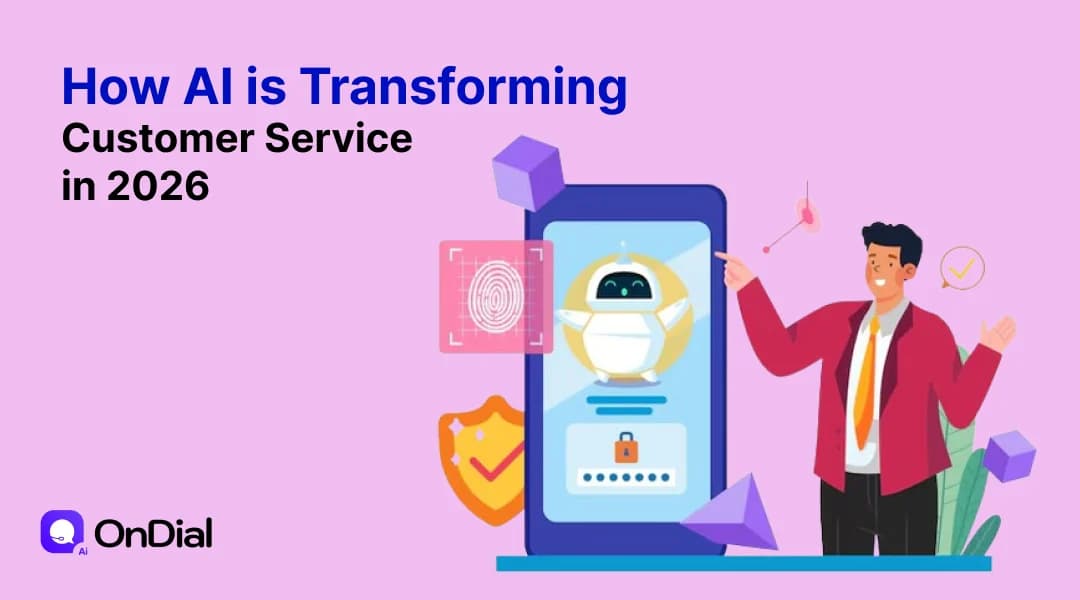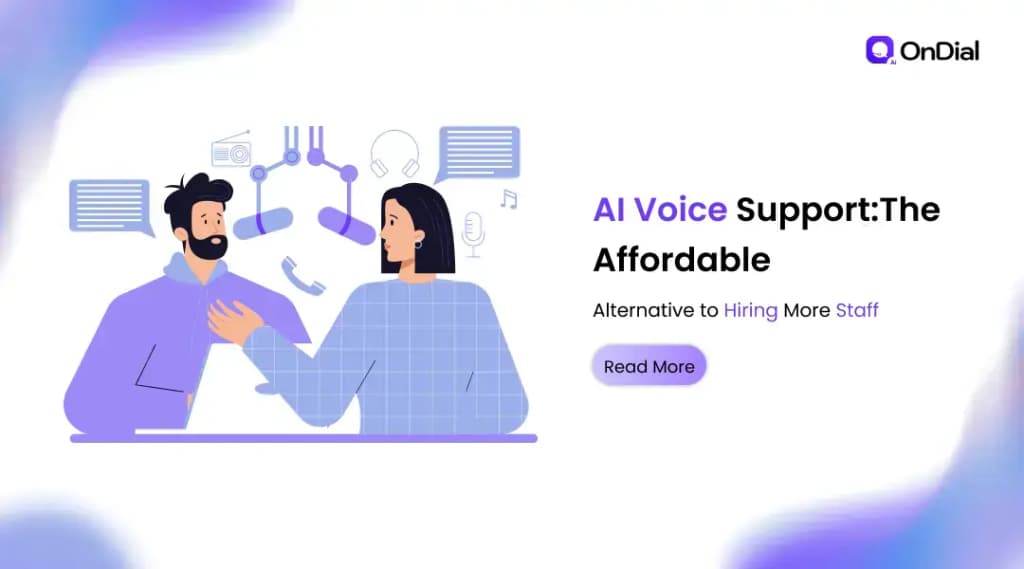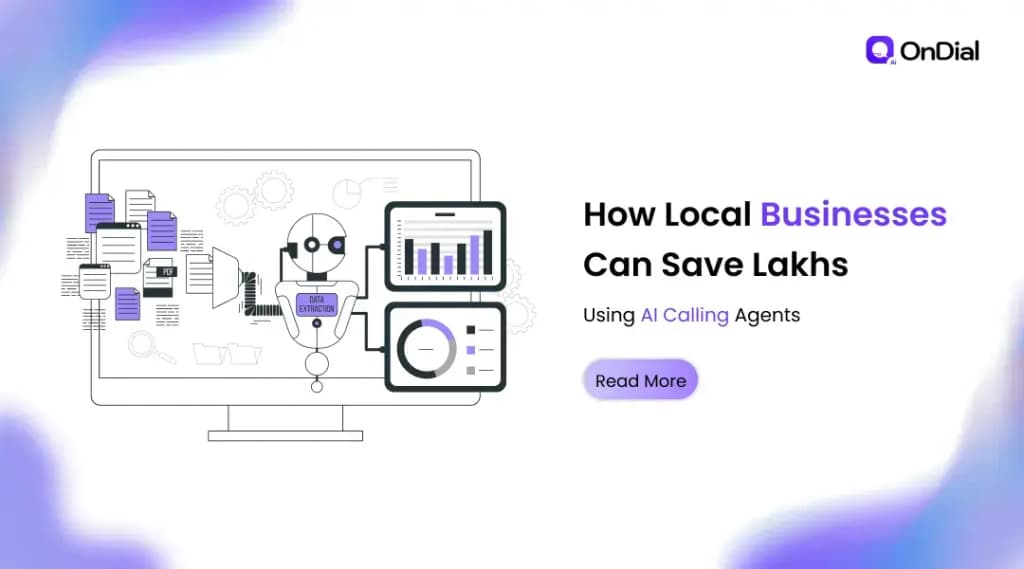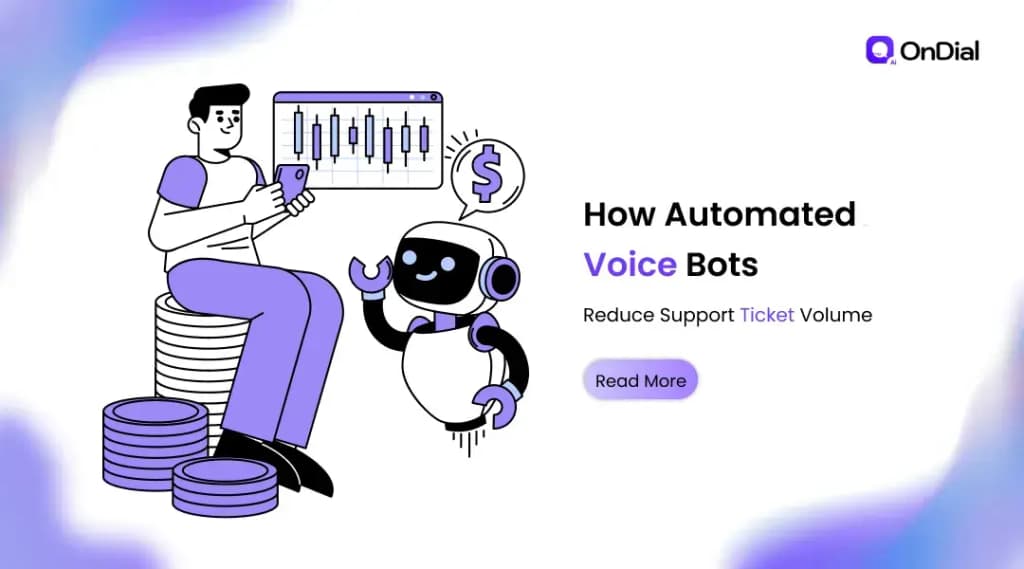I used to roll my eyes every time someone claimed “AI will revolutionize customer service.” Most of it sounded like vaporware. I was a developer back then, staring at buggy chatbots that couldn’t answer simple questions, thinking—this is the future?
But here’s the thing. Somewhere between 2023 and 2026, AI stopped being a gimmick and became the backbone of customer experience. It wasn’t flashy. It wasn’t magic. It was…practical. Suddenly, businesses weren’t asking “Should we try AI?” but “How fast can we scale with it?”
Today, I want to walk you through what that transformation looks like—what’s real, what’s hype, and what’s coming next.
Key Benefits of AI in Customer Support
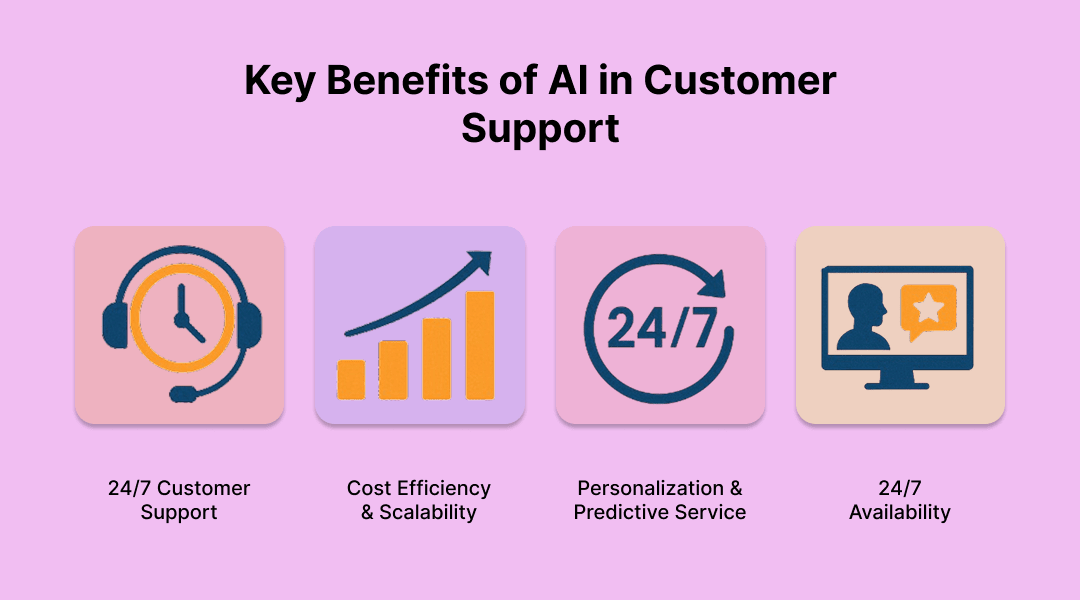
1. Faster Response Times
Customers are impatient. (Let’s be honest—we all are.) A 2-minute hold feels like an eternity. AI call agents and chatbots kill the wait time. Whether it’s a late-night refund request or a quick shipping update, AI responds instantly.
OnDial’s clients, for example, report that voice AI assistants now handle up to 70% of tier-1 queries—leaving human agents free for complex, emotional cases.
2. Cost Efficiency & Scalability
Hiring more agents isn’t always realistic. Scaling a support team in a startup or a seasonal business is expensive. AI doesn’t demand salaries, sick leave, or training time.
Instead of hiring 50 new reps during Diwali sales, e-commerce companies can “hire AI voice agents” that field customer calls automatically, while the human team focuses on escalations.
3. Personalization & Predictive Service
Here’s the underrated part: AI doesn’t just answer—it anticipates. By analyzing past customer behavior, sentiment, and transaction data, AI assistants can suggest solutions before a problem snowballs.
Think: “I see your delivery is delayed. Would you like me to issue a refund or reorder it?” That’s not canned support. That’s empathy at scale.
4. 24/7 Availability
Your human team needs rest. AI doesn’t. Businesses in e-commerce, SaaS, or banking can now deliver round-the-clock support without burning out staff.
And customers? They get what they expect—help on their time, not office hours.
Top AI Technologies Powering Customer Service in 2026
Chatbots & Virtual Assistants
They’ve matured. These aren’t the clunky bots from 2017. Today’s AI-powered chatbots run on large language models, capable of holding contextual, natural conversations.
AI Call Agents & Voice AI
This is where OnDial shines. Text is fine, but voice is intimate. Voice AI assistants handle AI phone calls in natural tones, detecting frustration in a customer’s voice and adapting mid-conversation. That’s a leap from scripted IVRs that used to drive people mad.
Predictive Analytics & Sentiment Analysis
AI doesn’t just react. It reads between the lines. By scanning call transcripts, tone, and customer history, businesses can predict churn before it happens. CX managers finally get proactive insights instead of retroactive complaints.
Self-service Knowledge Bases
AI organizes sprawling FAQ libraries into dynamic, conversational help centers. Instead of searching for a knowledge base, customers now talk to it.
Industries Leading AI Adoption in Customer Service
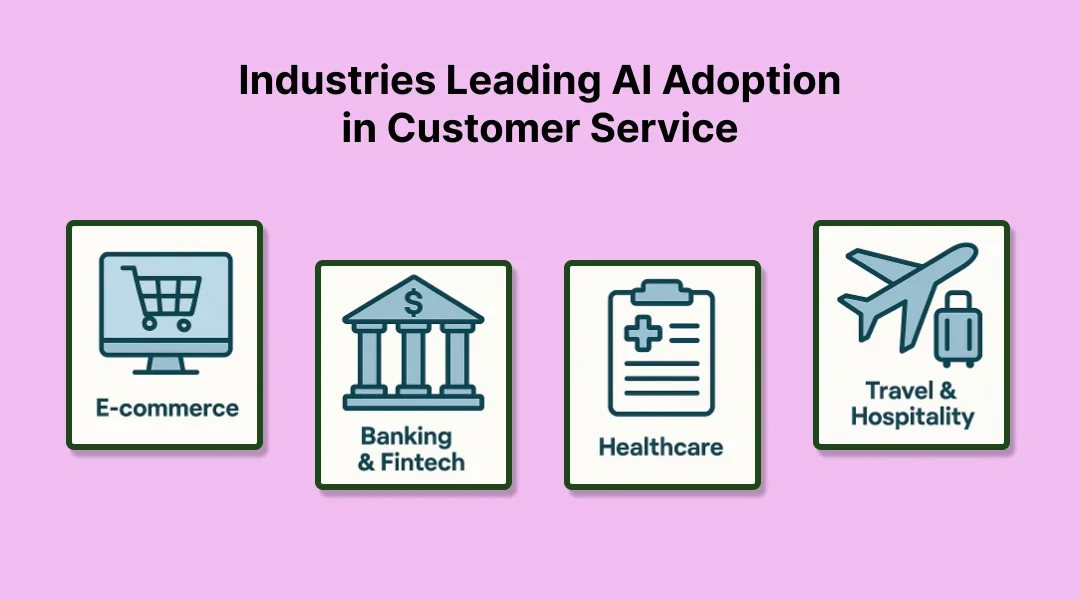
E-commerce
Order tracking. Refunds. Sizing queries. AI voice assistants now solve these instantly, which is why most online retailers rank AI as their top CX investment in 2026.
Banking & Fintech
Security meets convenience. Voice biometrics + AI assistants let customers handle balance checks, fraud alerts, and loan queries—all without waiting in a queue.
Healthcare
This one is personal. I worked on an AI support pilot for a healthcare provider. Patients weren’t asking about billing—they wanted reassurance. AI handled appointment bookings and basic FAQs, freeing doctors and nurses to focus on actual care.
Travel & Hospitality
Flight delays? Hotel bookings gone wrong? AI handles the chaos, rerouting travelers in real-time. Travelers don’t care if it’s AI or human, as long as they don’t miss their flight.
Challenges of AI in Customer Service – Balancing Automation with Human Touch
Let’s not sugarcoat this. AI isn’t perfect. Sometimes it fails spectacularly. A chatbot misunderstanding a customer in distress isn’t just annoying—it’s brand damage.
The challenge is balance. AI takes the load. Humans bring empathy. The best companies treat AI as a first responder, not a replacement.
Future Trends: What to Expect Beyond 2026
AI + Human Hybrid Models
Think of AI as the triage nurse. It assesses, filters, and routes cases. Humans step in when it matters most. This balance will define customer service for the next decade.
Hyper-Personalized Experiences
AI will stop treating customers as “cases” and start interacting with them as individuals, remembering tone, preferences, and even preferred channels.
Integration with AR/VR Customer Support
Sounds sci-fi, but VR-assisted AI support is emerging in retail and tech—imagine troubleshooting your new device in a virtual showroom with a hybrid AI-human guide.
Conclusion
AI didn’t replace customer service. It reshaped it. 2026 isn’t the year humans vanish from the support desk. It’s the year humans and AI finally work in sync, where a voice AI can pick up a midnight call, but a human still steps in when empathy is the only solution.
That’s why I no longer roll my eyes when people say AI is transforming customer service. Because it already has. And if you’re still waiting on the sidelines, the real question is—how much longer can your customers wait?
